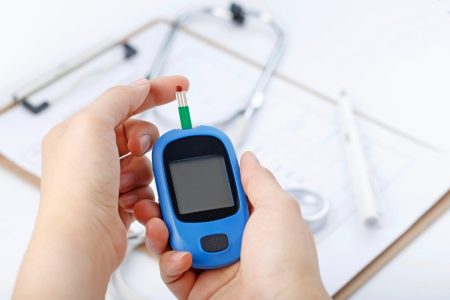Stem cell therapy stem cell therapy is being increasingly recommended and applied to the treatment of serious and disabling diseases.
This set of techniques, which consist of the use of germ cells for the regeneration of organs and tissues, has proven to have great versatility.
One of the diseases for which treatment alternatives based on this discipline are being studied is diabetes.
Why stem cells?
Current treatments for diabetes are symptomatic.
Several patients with type 1 or type 2 diabetes have to inject insulin at least 5 times a day and keep daily control of their glucose levels, in addition to a low-carbohydrate diet.
This greatly reduces the quality of life and, on top of that, does not fully counteract the consequences of constant hyperglycemia.
The results of the trials carried out so far suggest that, by means of germ cells, especially mesenchymal cells, the defective Beta cells can be replaced and pancreatic function restored, thus enabling patients with diabetes mellitus to be completely cured.
How much progress has been made?
It is clear that the beta cells of the pancreas release insulin to counteract the increase in blood glucose levels and that in type 1 diabetes the immune system destroys these cells, i.e. it is an autoimmune disease.
However, specialists have successfully produced Beta cells from pluripotent cells and are studying how to protect them from the immune system.
In type 2 diabetes, Beta cells produce insulin naturally, but the body’s other cells do not take up normal levels of this hormone; the incorporation of new Beta cells produced from embryonic ones can help to increase insulin levels so that the cells can take up insulin.
The company ViaCite of San Diego, with funding from the California Institute for Regenerative Medicine, succeeded in 2008 in converting embryonic cells into Beta progenitor cells that, when tested in animals with induced diabetes, somehow managed to resist the immune system’s attack.
In another trial, in this case from the University of Washington in 2016 and led by Dr. Jeffrey R. Millmansuccessfully produced Beta cells that are much more sensitive and versatile in insulin production than native ones. There is yet another study, published in Nature Biothecnology and led by the Spaniard Diego Balboa Diego Balboaof the Center for Genomic Regulation, in which it was demonstrated that germ cells can generate other cells equivalent in function to the Beta cells of the pancreatic islets.
Benefits of this technique
Below, you will be able to observe and analyze some of the benefits that this medical
advantages that this medical technology will offer once it begins to be applied on a regular basis:
- It will eliminate the need for daily insulin injections.
- A low glucose diet and the use of sweeteners will no longer be necessary.
- Patients will be able to be completely cured of diabetes, without the need for any additional treatment.
One thing to keep in mind, however, is that diabetes permanently impairs the body’s anatomy, including damage to nerves, muscles and the cardiovascular system.
Beta cell production and implantation cannot reverse this damage, so the earlier diabetes is diagnosed and the sooner replacement therapy is initiated, the better the chances of success.
Diabetes is currently a major global public health problem, with about 1.5 million deaths in the world. 1.5 million deaths in 2019 alone, making it the ninth leading cause of death in that year.
Germ cell research for the treatment of diabetes sheds a light of hope on this bleak outlook. References:https://canaldiabetes.com/johnson-johnson-y-viacyte/https://www.who.int/es/news-room/fact-sheets/detail/diabetes



















